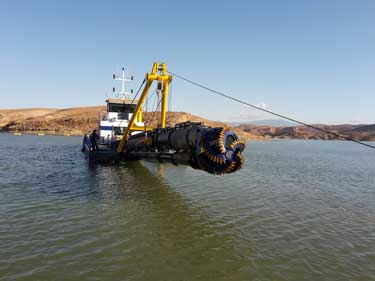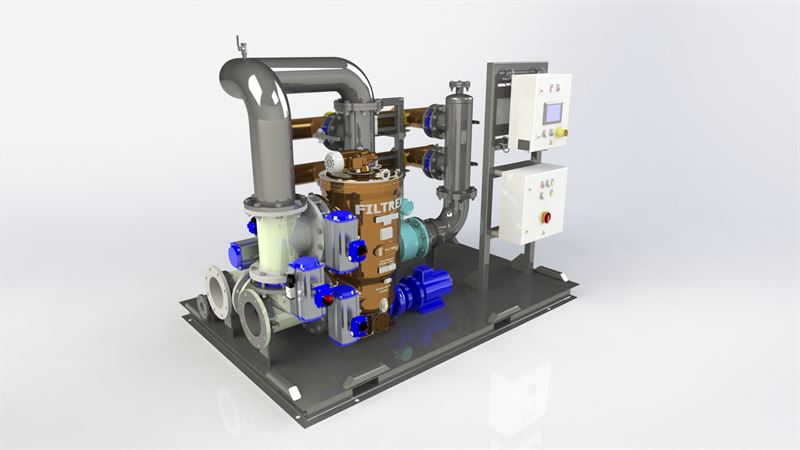 Ballast water treatment (BWT) specialist Optimarin has cemented its place at the vanguard of the market, with the news that it has now sold over 400 of its environmentally friendly UV-based systems. The landmark has been surpassed on the back of a succession of major contracts, fuelled by the firm’s unique retrofit experience, proven technology and upcoming USCG certification.
Ballast water treatment (BWT) specialist Optimarin has cemented its place at the vanguard of the market, with the news that it has now sold over 400 of its environmentally friendly UV-based systems. The landmark has been surpassed on the back of a succession of major contracts, fuelled by the firm’s unique retrofit experience, proven technology and upcoming USCG certification.
2016 has been a boom year for a company that installed the first ever commercial BWT system back in 2000. Optimarin Ballast System (OBS) orders have been confirmed with Atlantis Tankers (10 units) and Sinopacific Shipbuilding Group (nine), while the firm also made its first foray into fishing, with a contract for the Fisherman’s Finest vessel America’s Finest. The latest win, with Carisbrooke from the UK, was the largest - a fleet agreement with the potential to encompass retrofits on 46 bulk and multipurpose vessels.
“We’ve been working with BWT technology since our formation in 1994,” comments Optimarin CEO Tore Andersen, “so we feel this surge in business reflects an appreciation of our established expertise, technology, and ability to satisfy all individual customer, and vessel, requirements.
“Now that the ratification of the IMO’s Ballast Water Management convention is finally imminent, we’re seeing more and more shipowners engaging us for fleet wide retrofit assignments. This is because they know they can trust us, our market proven system, and unparalleled retrofit experience.”
Together with its global engineering partners, Goltens and Zeppelin, Optimarin has now fitted over 70 units on existing vessels, alongside over 200 on newbuilds. Its flexible, modular system is perfect for making the most of limited vessel space, while its totally compliant technology ensures peace of mind.
This latter point has proven to be another of Optimarin’s strengths. The firm has invested millions of dollars in testing and certification, with certificates from DNV GL, Lloyd’s, Bureau Veritas, MLIT Japan, and American Bureau of Shipping, alongside full IMO approval. However, it’s the latest testing with USCG that appears to be elevating the business to a new commercial plane.
“USCG has the most stringent approval demands, thanks to its FDA/CMFDA test, which judges the life forms transported in ballast water as either living or dead,” Andersen explains. “The power of the 35kw UV lamps in the OBS ensures it has the power to instantly kill invasive organisms and that’s exactly what USCG wants to see.
“The system has now satisfied all marine water tests and is in its final testing stage, with full USCG approval expected later this year. For shipowners with large global fleets this gives them the flexibility to sail in and out of US waters, discharging ballast, as desired. For those with fleets based exclusively in North America this is a ticket to trade, full stop.
“USCG approval is becoming a benchmark standard for forward-thinking customers planning for guaranteed future regulatory compliance. This is proving to be a key business driver for Optimarin.”
Optimarin’s customers include names of the order of Saga Shipholding, MOL, Grieg Shipping Group, Gulf Offshore, Farstad Shipping, NYK, Nor Line, and Evergreen Marine Corp, amongst others. Its OBS system is easy to install, simple to maintain – with no moving parts – and does not use, or discharge, any chemicals.
“We believe we have an industry leading proposition,” Andersen concludes, “and it’s hugely satisfying to see the market respond to that at this key time for the BWT sector.”
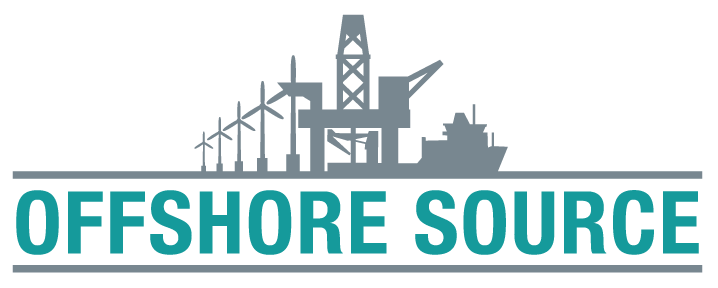
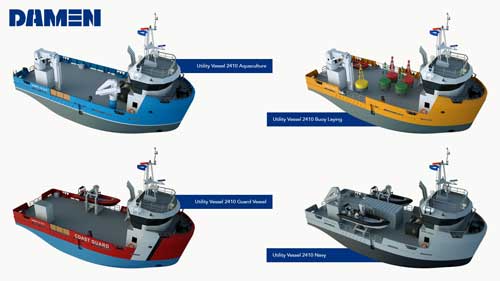 Image credit: Damen
Image credit: Damen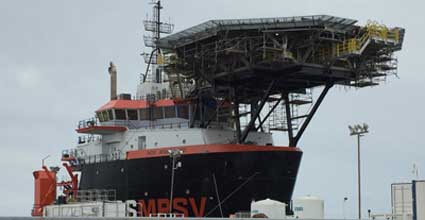 Hornbeck MPSV
Hornbeck MPSV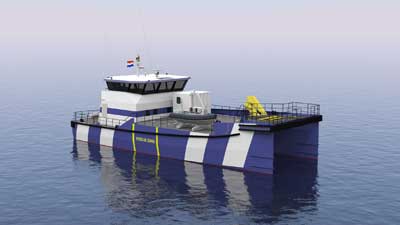 Damen’s FCS 2610 at sea. Image credit: Damen
Damen’s FCS 2610 at sea. Image credit: Damen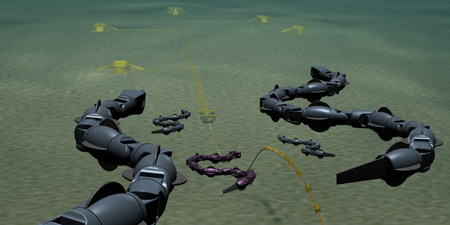 Swimming down to subsea templates. Image credit: Kongsberg Maritime
Swimming down to subsea templates. Image credit: Kongsberg Maritime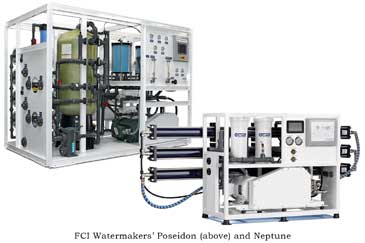 From small trawlers to large container ships, producing clean, fresh water while underway is an essential shipboard operation. Thousands of professional mariners have placed their trust in
From small trawlers to large container ships, producing clean, fresh water while underway is an essential shipboard operation. Thousands of professional mariners have placed their trust in 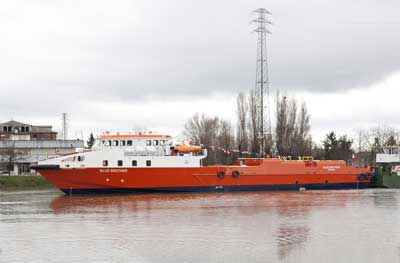 There is something about Italian products, from consumer goods to industrial objects, that carries a stylistic flair. This is well represented in the cruise ships of the Fincantieri Shipyard, such as the 2015-delivered Britannia. More recently this flair for design and quality construction is evident in the 2016-delivered fast supply vessel Blue Brother from Cantiere Navale Vittoria SPA of Adria, on the Canal Bianco which connects to the Po River in the province of Rovigo,Italy.
There is something about Italian products, from consumer goods to industrial objects, that carries a stylistic flair. This is well represented in the cruise ships of the Fincantieri Shipyard, such as the 2015-delivered Britannia. More recently this flair for design and quality construction is evident in the 2016-delivered fast supply vessel Blue Brother from Cantiere Navale Vittoria SPA of Adria, on the Canal Bianco which connects to the Po River in the province of Rovigo,Italy.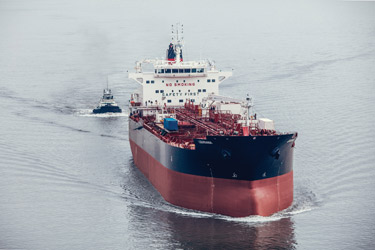 Credit: Crowley Maritime Corp.
Credit: Crowley Maritime Corp.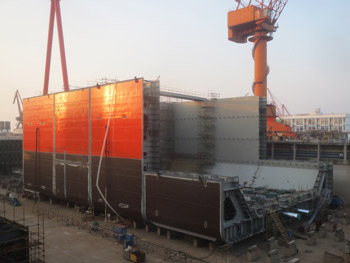 Photo credit: Hydrex
Photo credit: Hydrex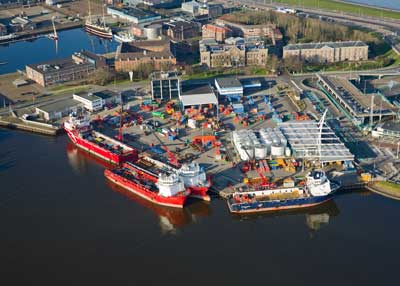 Hili Company, the logistics division of
Hili Company, the logistics division of 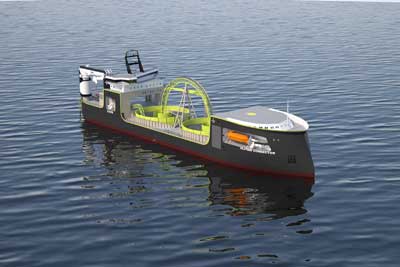 Image credit: Ulstein
Image credit: Ulstein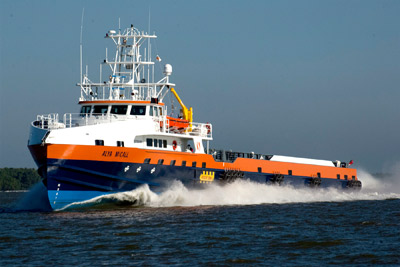 Fast Supply Vessels (FSV) are tasked with delivering cargo and crew to oil and gas platforms, and other offshore operations with speeds unheard of in a crew boat 20 years ago.
Fast Supply Vessels (FSV) are tasked with delivering cargo and crew to oil and gas platforms, and other offshore operations with speeds unheard of in a crew boat 20 years ago. 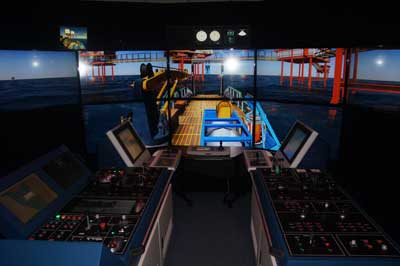 • One Year after Receiving Nautical Institutes Class A Certification, GE’s Houston Training Center for Mariners Receives Accreditation for Sea Time Reduction (STR) Course
• One Year after Receiving Nautical Institutes Class A Certification, GE’s Houston Training Center for Mariners Receives Accreditation for Sea Time Reduction (STR) Course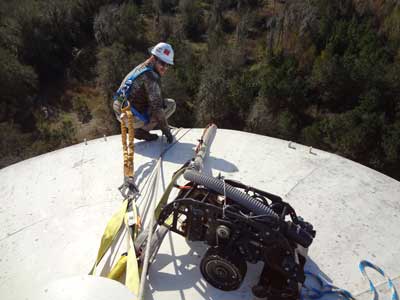 SeaRobotics Corporation
SeaRobotics Corporation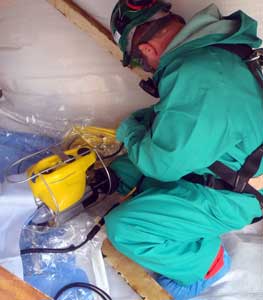 Preparing ROV for water tank inspection. Photo credit: Intertek
Preparing ROV for water tank inspection. Photo credit: Intertek Ballast water treatment (BWT) specialist
Ballast water treatment (BWT) specialist 